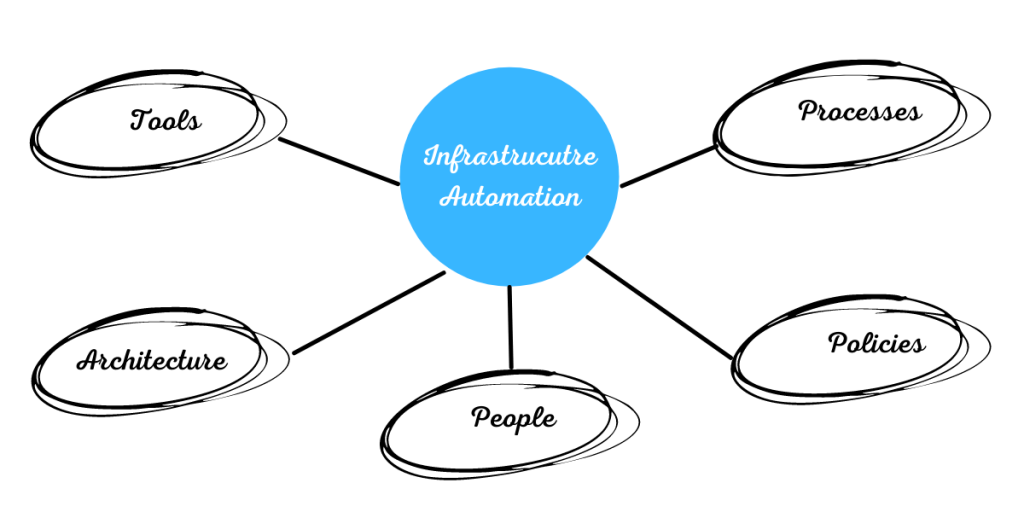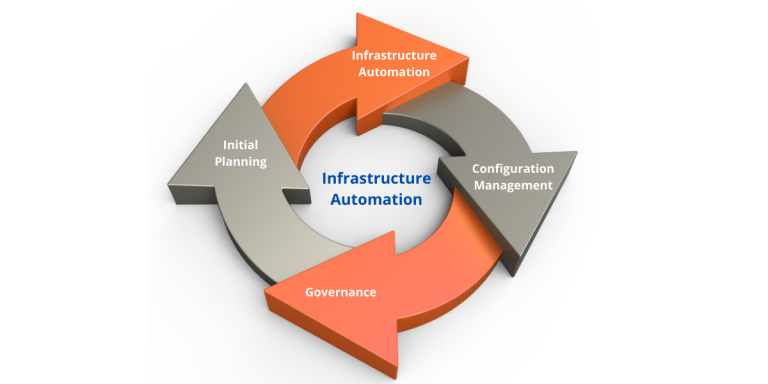Infrastructure Automation
Sairam J, Director, Global Clouds Consultants, Feb 15, 2021

In today’s world of modernization, every enterprise, irrespective of size, is an IT organization. There are many different parts in an IT shop such as connected devices, containers, DevOps/DevSecOps pipeline, Cloud computing, people, processes and a lot more IT resources. Infrastructure automation is a must as anything manual, especially in a production environment is a risk, and that too, without any reward. Infrastructure automation is not optional anymore. However, it’s a heavy lift and many of our clients have difficulties coping with it.
The Challenges : How to create IT value for a business value proposition? To create IT value, you need to measure IT performance. For achieving IT performance, you need to automate your IT infrastructure. So, how do you automate your infrastructure?
Our Approach : To address all the challenges, our approach is to simplify the complex task of Infrastructure automation. We break down the complex task in
below modules and work hand-in-hand with you for end-to-end automation.
Below are some of the design considerations and questions we ask, to provide you with the maximum value.
Tools :
- No one tool can automate end-to-end lifecycle. Minimum 6 – 8 tools needed. e.g. DevOps pipeline
- How to integrate tools? Address overlapping of functionalities in tools

Architecture :
- How to make it less work?
- What’s the current architecture?
People :
- How to address skills gap?
- Is there any training plan?
- What are the current processes?
- Are there any processes that needs to be fixed?
- How to apply policies?
- Are there any conflicting policies?
Solutions: Our solution is for you to maximize the benefits of infrastructure automation right from initial planning to execution to governance.

Initial Planning :
- Plan the automation strategy
- Create new teams, roles & responsibilities
Automate Infrastructure :
- Apply DevOps tools and Agile practices
- Automate Infrastructure Provisioning
Configuration Management :
- Automate configuration management
- Automate patching & update management
Governance :
- Modernize change and asset management
- Build security and compliance policies
- Having a managed initiative to make the business more digital and modern
- Business success is directly related with the success of it’s IT department
- Automate risk mitigation for IT threats
- Improved cost optimization & asset utilization
- Enhanced employee capabilities and productivity
- Improved speed and responsiveness to create a better business value